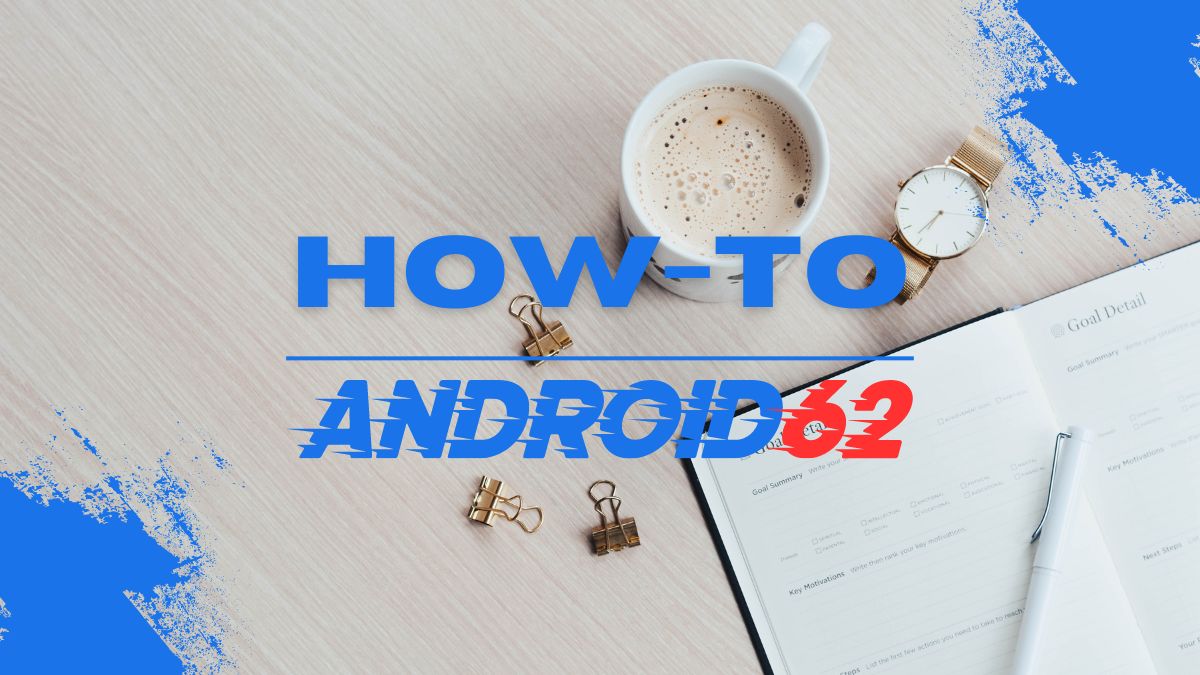
Understanding Gynecomastia
Gynecomastia, commonly referred to as “gyno,” is a condition characterized by the enlargement of male breast tissue. While not typically harmful, gynecomastia can cause emotional distress and self-esteem issues in affected individuals. This condition can be caused by hormonal imbalances, certain medications, obesity, or underlying medical conditions. Understanding the root cause of gynecomastia is crucial in determining the most effective treatment approach.
Consulting a Healthcare Professional
Before exploring treatment options for gynecomastia, it is essential to consult a healthcare professional, such as a physician or endocrinologist, to determine the underlying cause of the condition. A thorough physical examination, medical history review, and possibly blood tests may be necessary to rule out any serious medical conditions contributing to gynecomastia.
Treatment Options for Gynecomastia
Surgery:
– Liposuction: This surgical procedure involves the removal of excess fat from the breast area through a small incision.
– Mastectomy: In cases where glandular tissue needs to be removed, a mastectomy may be performed to achieve a flatter chest contour.
Medications:
– Testosterone Replacement Therapy: In cases where hormonal imbalances are the underlying cause of gynecomastia, testosterone replacement therapy may be prescribed.
– SERMs (Selective Estrogen Receptor Modulators): Medications such as tamoxifen or raloxifene may be used to block estrogen receptors and reduce breast tissue growth.
Lifestyle Changes:
– Weight Loss: Losing excess weight through a balanced diet and regular exercise can help reduce the fatty tissue in the breast area.
– Avoiding Triggers: Limiting alcohol consumption, avoiding recreational drugs, and discontinuing medications that may contribute to gynecomastia can help manage the condition.
Natural Remedies for Gynecomastia
While surgical and medical interventions are commonly used to treat gynecomastia, some individuals may prefer to explore natural remedies as a non-invasive approach. While the effectiveness of these remedies may vary, they can be considered as complementary treatments to conventional therapies.
Dietary Changes:
– Consuming a diet rich in fruits, vegetables, and lean proteins can support overall health and may help reduce excess fat in the breast area.
– Avoiding processed foods, high-fat dairy products, and sugary beverages can promote weight loss and potentially reduce gynecomastia symptoms.
Herbal Supplements:
– Some herbal supplements, such as turmeric, green tea extract, or guggul, are believed to have anti-inflammatory and fat-burning properties that may aid in reducing breast tissue size.
– It is important to consult with a healthcare provider before using herbal supplements to ensure they are safe and appropriate for individual needs.
Embracing Your Body
Whether you choose surgical intervention, medical treatment, natural remedies, or a combination of approaches to address gynecomastia, it is essential to prioritize self-acceptance and self-love throughout the process. Seeking support from loved ones, mental health professionals, or support groups can help individuals navigate the emotional challenges associated with gynecomastia and build confidence in their bodies.
In conclusion, gynecomastia is a common condition that can impact individuals of all ages. By understanding the causes of gynecomastia, consulting with healthcare professionals, and exploring treatment options, individuals can take proactive steps towards managing and reducing gynecomastia symptoms. Remember that each individual’s journey to self-acceptance is unique, and there is no one-size-fits-all approach to addressing gynecomastia. Prioritize your mental and emotional well-being alongside physical treatments to achieve holistic healing and body positivity.



